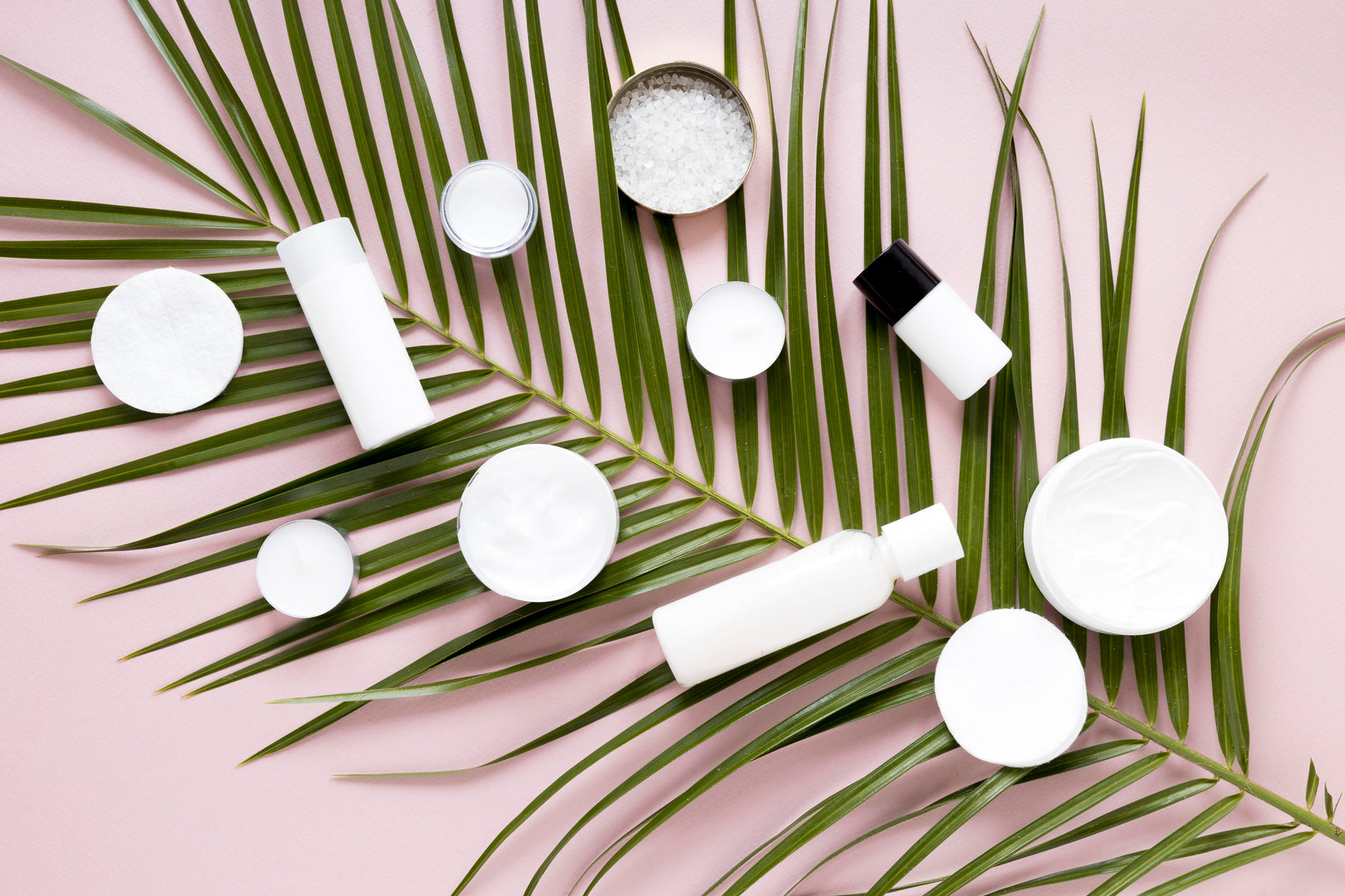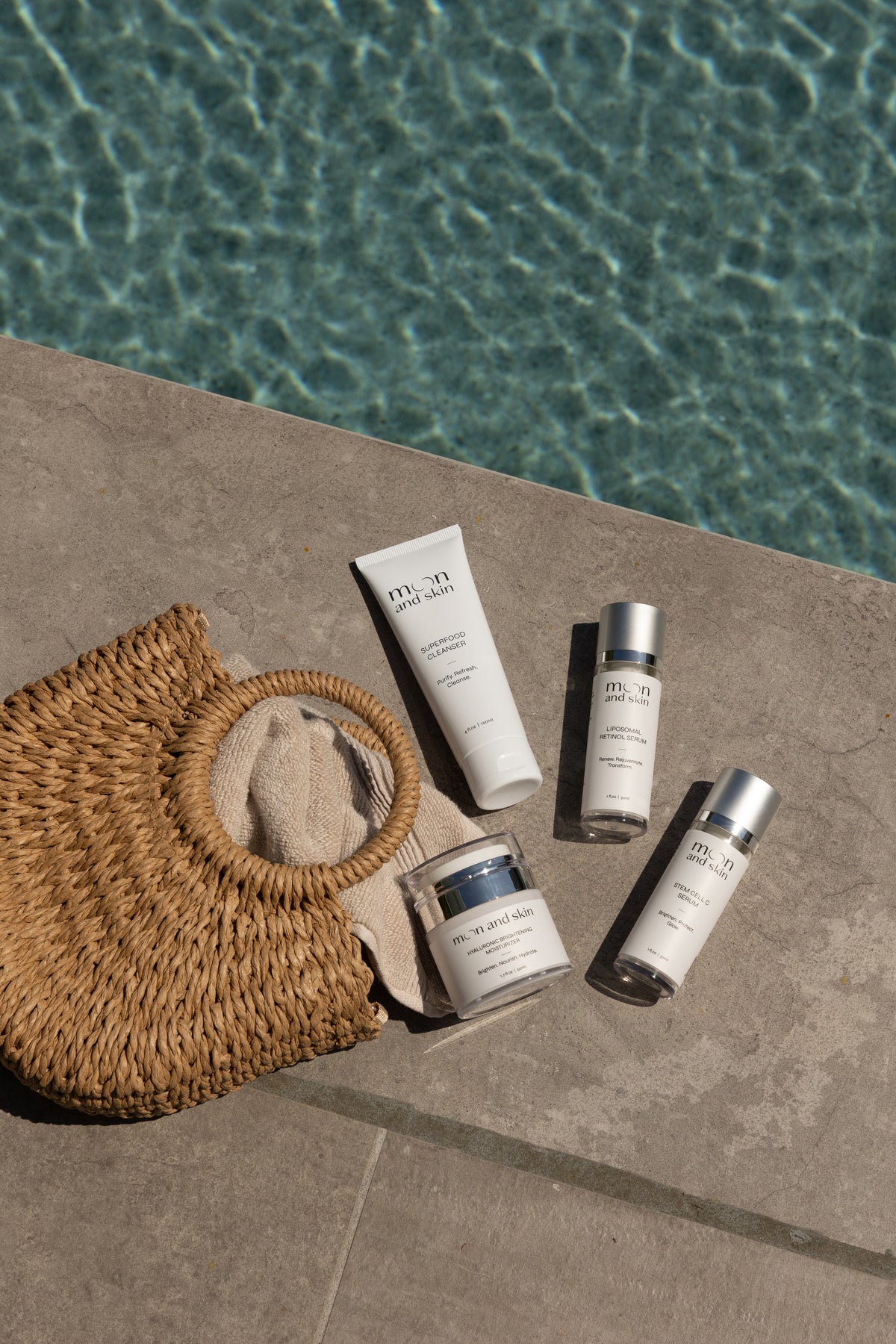Table of Contents
Introduction
Did you know that retinol, a derivative of vitamin A, has been hailed as one of the most effective ingredients in skincare for over 50 years? Its ability to speed up cell turnover, reduce wrinkles, and improve skin texture makes it a beloved staple in countless routines. If you're looking to elevate your skincare game, understanding how to incorporate retinol effectively is key.
We understand that the world of skincare can be overwhelming, especially with powerful ingredients like retinol that promise transformative results. The good news is that by following a few simple guidelines, you can integrate retinol into your routine seamlessly and safely. This blog post will explore the benefits of retinol, how to use it correctly, and the best practices for achieving optimal results while minimizing potential side effects.
Together, we'll break down how to include retinol in your skincare routine while keeping your skin healthy and vibrant. Let's dive into the essential steps to ensure you’re getting the most out of this remarkable ingredient.
What is Retinol?
Retinol is a form of vitamin A known for its powerful anti-aging and skin-clearing properties. It works at a cellular level to promote skin cell turnover, enhance collagen production, and fade pigmentation. This multitasking ingredient helps combat various skin concerns, including:
- Fine Lines and Wrinkles: Retinol stimulates collagen production, which helps to plump the skin and reduce the appearance of fine lines.
- Acne: By promoting cell turnover, retinol can prevent clogged pores, making it effective against acne and blackheads.
- Uneven Texture: Regular use of retinol can lead to smoother skin, as it helps to exfoliate the outer layer and promote the growth of fresh, new cells.
- Dark Spots: Retinol can help fade hyperpigmentation and dark spots caused by sun damage or acne scars.
At Moon and Skin, we harness the power of retinol in our Liposomal Retinol Serum, which is designed to deliver maximum results with minimal irritation. Our formula uses the Centersome®RL liposomal complex, ensuring effective penetration while minimizing potential side effects.
Why Should You Include Retinol in Your Skincare Routine?
Incorporating retinol into your skincare routine can yield numerous benefits. Here are some compelling reasons to consider:
- Proven Efficacy: Retinol has been extensively studied and is backed by scientific research for its effectiveness in improving skin texture and reducing signs of aging.
- Versatile Application: Suitable for various skin types, retinol can address a range of concerns from acne to signs of aging, making it a versatile addition to your regimen.
- Long-term Benefits: While initial results may take time, consistent use of retinol can lead to significant long-term improvements in skin health and appearance.
- Enhanced Absorption: When used correctly, retinol can enhance the absorption of other active ingredients in your skincare routine, maximizing their benefits.
- Cosmetic Benefits: Retinol improves the overall appearance of the skin, making it look brighter, smoother, and more youthful over time.
Incorporating our Best Sellers collection into your routine can amplify the effects of retinol, particularly when paired with hydrating products like our Hyaluronic Brightening Moisturizer.
Preparing Your Skin for Retinol
Before diving into how to apply retinol, it's essential to prepare your skin. Here’s how:
1. Cleanse
Start with a gentle cleanser to remove makeup, dirt, and oil. We recommend our Superfood Cleanser, formulated with HydroProtein technology to nourish while cleansing.
2. Exfoliate (if necessary)
If you regularly use exfoliating acids, consider reducing their frequency when starting retinol. This will help minimize irritation.
3. Patch Test
Before applying retinol to your entire face, conduct a patch test on a small area to check for sensitivity or adverse reactions.
4. Wait for Your Skin to Dry
After cleansing, allow your skin to dry completely—about 10-15 minutes. Applying retinol on damp skin can increase the likelihood of irritation.
How to Apply Retinol: A Step-by-Step Guide
To maximize the benefits of retinol while minimizing potential side effects, follow these steps:
Step 1: Start Slowly
If you're new to retinol, begin with a low concentration and apply it once or twice a week. Gradually increase the frequency as your skin adjusts.
Step 2: Use a Pea-Sized Amount
A little goes a long way. Use a pea-sized amount of retinol for your entire face, applying it evenly. Avoid sensitive areas like the eyes and mouth.
Step 3: Apply at Night
Retinol should always be applied at night. This is because it can make your skin more sensitive to sunlight, and nighttime application allows it to work while you sleep.
Step 4: Follow with a Moisturizer
After applying retinol, follow up with a gentle, hydrating moisturizer. This helps to lock in moisture and counteract any dryness or irritation. Our Hyaluronic Brightening Moisturizer is a great option to pair with retinol.
Step 5: Monitor Your Skin
Pay attention to how your skin reacts. If you experience excessive dryness or irritation, reduce the frequency of application or buffer the retinol by mixing it with your moisturizer.
Step 6: Use Sunscreen
The next morning, apply a broad-spectrum sunscreen with at least SPF 30. This is crucial, as retinol makes your skin more susceptible to UV rays.
Tips for Successful Retinol Use
- Avoid Mixing with Certain Ingredients: Be cautious about using retinol with other active ingredients like alpha-hydroxy acids (AHAs) or beta-hydroxy acids (BHAs), as they can increase irritation. Instead, use them on alternate nights or at different times of day.
- Stay Hydrated: Keep your skin well-hydrated by using a nourishing moisturizer. Incorporating hyaluronic acid can enhance hydration levels.
- Be Patient: Visible results from retinol can take anywhere from 8 to 12 weeks. Consistency is key!
Managing Side Effects
While retinol is generally well-tolerated, some individuals may experience side effects, especially when first using it. Common side effects include:
- Redness and Irritation: This is often referred to as the "retinol purge." It typically subsides as your skin adjusts.
- Dryness and Flaking: If your skin becomes dry or flaky, consider using a thicker moisturizer or applying retinol less frequently.
- Sensitivity: Your skin may feel more sensitive to environmental factors. Avoid harsh scrubs and opt for gentle products.
Strategies for Reducing Irritation
- Buffering: Mix your retinol with a moisturizer before applying to dilute its potency.
- Gradual Introduction: Slowly increase usage, starting from once a week to every other day as tolerated.
- Hydrating Ingredients: Use products with soothing ingredients like ceramides or niacinamide to bolster your skin's barrier.
Combining Retinol with Other Ingredients
To maximize your skincare routine, consider how to effectively combine retinol with other beneficial ingredients. Here are some recommendations:
Vitamin C
Both vitamin C and retinol are potent ingredients for your skin, but they work best when used at different times. Use vitamin C in the morning for its antioxidant properties and apply retinol at night.
Hyaluronic Acid
Using hyaluronic acid alongside retinol can help maintain hydration and combat dryness. Apply your hyaluronic acid serum after retinol for added moisture.
Niacinamide
This ingredient can be a great companion to retinol, as it helps reduce inflammation and irritation, making it an excellent choice for sensitive skin types.
Avoid Mixing with Strong Acids
As mentioned, avoid using retinol in conjunction with strong exfoliating acids (like AHAs and BHAs), as this can lead to irritation. Instead, alternate their use.
Conclusion
Incorporating retinol into your skincare routine can profoundly impact your skin's health and appearance. By following the steps outlined in this post, you can harness the power of retinol while minimizing potential side effects. Remember, consistency is key.
If you're ready to embark on your journey to clearer, younger-looking skin, consider exploring our Bundle & Save collection. This offers a complete skincare routine that beautifully complements the effects of retinol.
Together, let's celebrate your skin at every stage of its journey.
FAQ
What is retinol? Retinol is a derivative of vitamin A known for its skin-renewing properties, helping to reduce fine lines, acne, and uneven texture.
How often should I use retinol? Start with once or twice a week, gradually increasing to nightly use as your skin adjusts.
What should I apply after retinol? Follow retinol with a hydrating moisturizer to lock in moisture and reduce dryness.
Can I use retinol in the morning? No, retinol should be applied at night to avoid increased sensitivity to sunlight.
What if I experience irritation? If you experience irritation, reduce the frequency of application or buffer the retinol with a moisturizer.
Is it safe to use retinol during pregnancy? It is generally advised to avoid retinol during pregnancy. Always consult your healthcare provider for personalized advice.







